Despite promises by Chief Executive Tim Cook that "great desktops" are coming, Apple's Mac team has become seriously neglected in favor of iOS devices, a new report claims.
In recent years, the design team led by Jony Ive has been making fewer visits to see early concepts at the Mac labs, and that change is said to have become even more pronounced after design leadership was rearranged last year, one of several sources told Bloomberg. That elevated to Ive to "chief design officer," giving him a more hands-off role, while two other people — Richard Howarth and Alan Dye — stepped in to fill the gap.
Managers have meanwhile been floating multiple competing ideas at a time, forcing designers and engineers to split their attention in the hopes that one option will be shippable, Tuesday's report said. As an example, the publication pointed to the 12-inch Retina MacBook, which had two core prototypes: the lighter Stealth Fighter, and the heavier, more conventional Stealth Bomber.
Although the lighter option was picked, the work on Stealth Bomber meant that there was less time available to figure out how to slim down components. This resulted in the finished computer shipping in 2015 — several months after an original 2014 target.
Some engineers were allegedly hoping to add Touch ID and a second USB-C port to this year's model, but instead had to settle for a speed boost and the new rose gold color.

The 2016 MacBook Pro with Touch Bar was originally supposed to have high-performance battery packs contoured to the chassis, much like the 12-inch MacBook, another source claimed. Because the battery failed an important test however, Apple decided to revert to an older design to launch in time for the holidays. The company had to pull in engineers from other teams to get the Pro finished on time, causing work on other Mac hardware to suffer.
Bloomberg noted that not only is there no longer a dedicated macOS team, but most of the engineers are iOS-first, and the company's design strategy has turned to making Macs more iPhone-like, for instance emphasizing thinness and minimal ports. The 2016 MacBook Pro was at one point going to have a gold color, and early 12-inch MacBook prototypes are even said to have used a Lightning connector in place of USB-C.
Over a dozen managers and engineers from the Mac hardware teams have left for different parts of the company — or other companies entirely — in the last year and a half, multiple sources said. While some were simply searching for a less grueling work environment, others are claimed to have been worried about the future of the Mac given executive focus on iPhones and iPads.
On the future, some engineers have allegedly suggested moving Mac Pro production out of Austin, Tex. back to Asia, where it's not only cheaper but the manufacturers are better prepared for ambitious designs. The desktop was last updated in 2013.
Designers are meanwhile said to be considering standalone keyboards with the MacBook Pro's Touch Bar and Touch ID components. Their release, though, will supposedly be tied to how well the features do on the MacBook Pro.
The company is otherwise said to be preparing "modest" Mac updates in 2017, namely USB-C ports and AMD video cards for the iMac, and speed boosts for the MacBook and MacBook Pro.
 Roger Fingas
Roger Fingas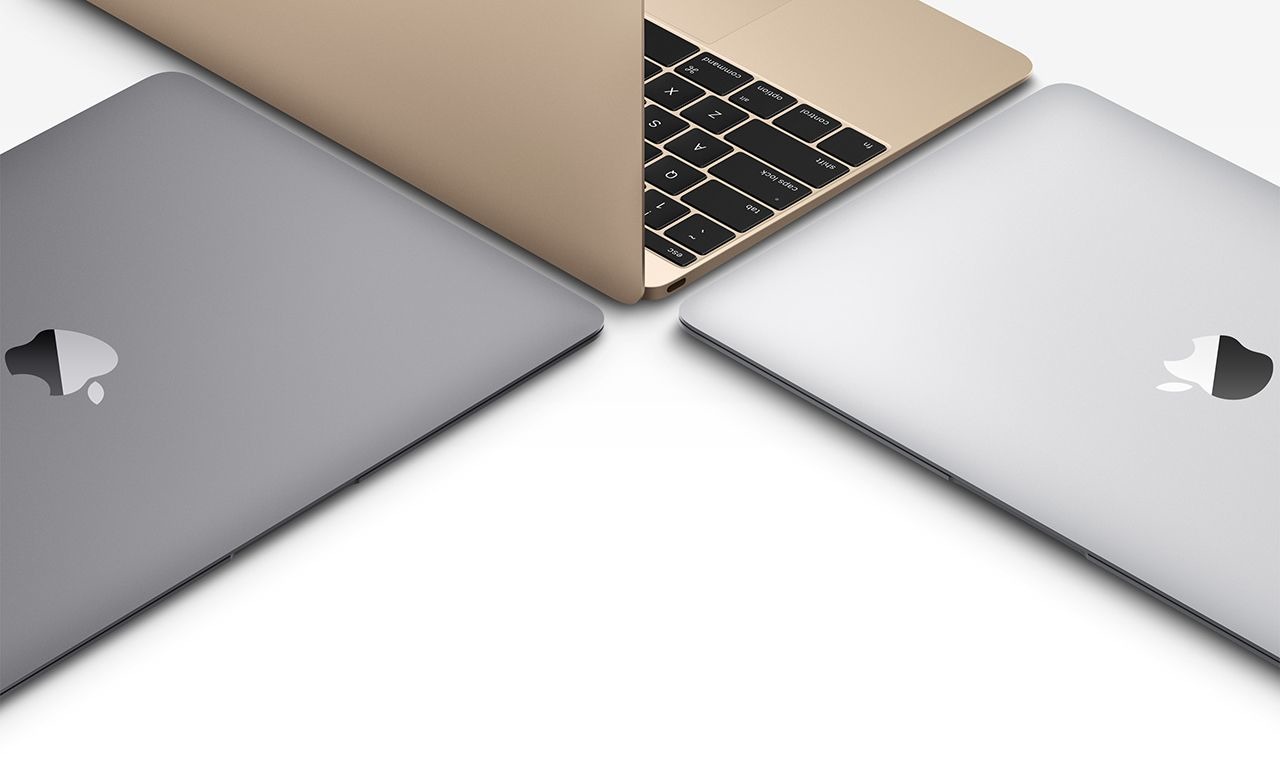

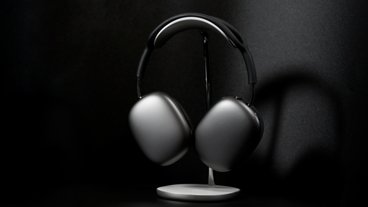
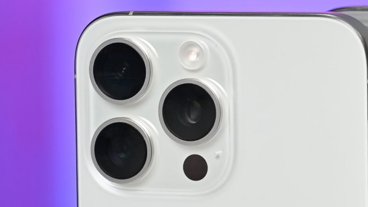
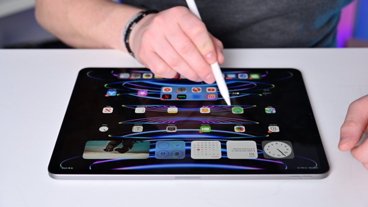



-m.jpg)





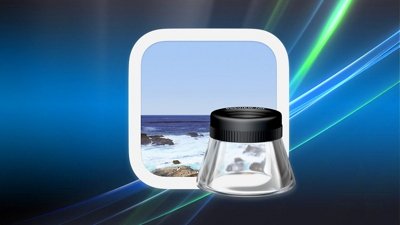
 Chip Loder
Chip Loder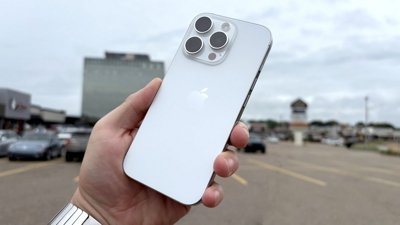
 William Gallagher
William Gallagher
 Wesley Hilliard
Wesley Hilliard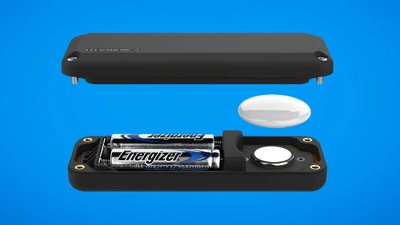
 Malcolm Owen
Malcolm Owen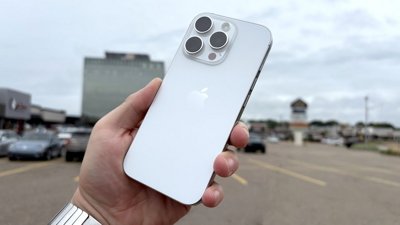
 Mike Wuerthele
Mike Wuerthele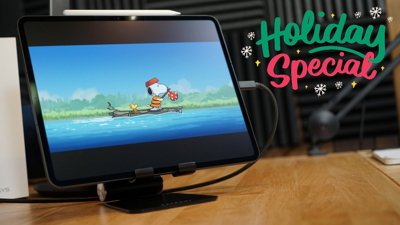
 Christine McKee
Christine McKee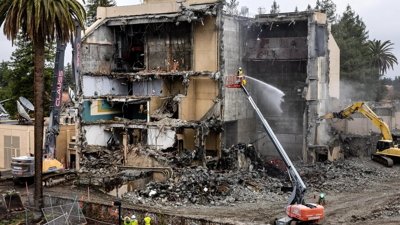

 Sponsored Content
Sponsored Content
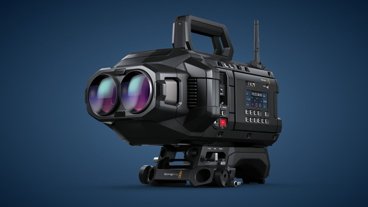


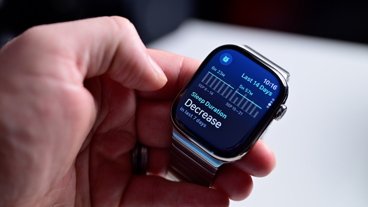

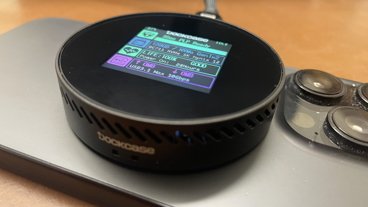

104 Comments
I question the sources but some of this does not surprise me at all. While Apple still pushes out great products they lack excitement. Ask me how often I use the toucher on my new MacBookPro? Hardly at all. It is a gimmick. Truth hurts I know but let's call it like it is.
if true this would be a shame. I don't doubt it though as Macs have been relegated. Apple should really be releasing new devices every year and commit to the platform. There is too much disparity in their current Mac lineup. So many people are clamoring for a Mac lineup that truly wows. It seems Apple is really more concerned about pushing a mobile OS. Shame. OS X is truly a wonderful environment to work in. Macs are adored by those who use them and their appeal is wide. Neglecting them and refusing to advertise/upgrade/promote the lineup will do a lot of harm to the Apple brand.
This sure does ring true.
Even if it's not, it's pretty clear to all but the most die hard Panglossian Apple sycophants that there has been real trouble in Mac Land.
I hope that Apple's senior management is getting the message that they can't neglect the Mac like this. The Mac is a vital part of the ecosystem, and Mac users are the core of their customer base. The Mac is such a great product -- this neglect is tragic.
Ouch.
I personally don't understand how Apple as the largest company in the world with no concerns about cash flow can't have multiple successful product teams going.
How hard is it for them to put out a decent looking updated monitor for example?
The culture there sounds brutal too...?
Computing is getting smaller: migrating first from mainframes to the desktop, then from desktop to mobile. As PC's mature, it is not surprising that Apple would reallocate resources to match the evolving needs of its customers.
Another thing that slows Mac development is Apple's reliance on Intel for an application processor. Apple doesn't face that delay and uncertainty for iPhone and iPad. Apple's work with TSMC on 7nm and 5nm processors for later in the decade puts a lot of pressure on Intel to step up its game. In recent years, Intel's biggest strategy in PC's has been partnering with Chinese makers of laptops based on the MacBook Air design. Moore's Law, it turns out, was a corporate strategy that Intel has since abandoned.
Once Jony Ive has finished working on the Spaceship, he will have more time for Mac and other matters.